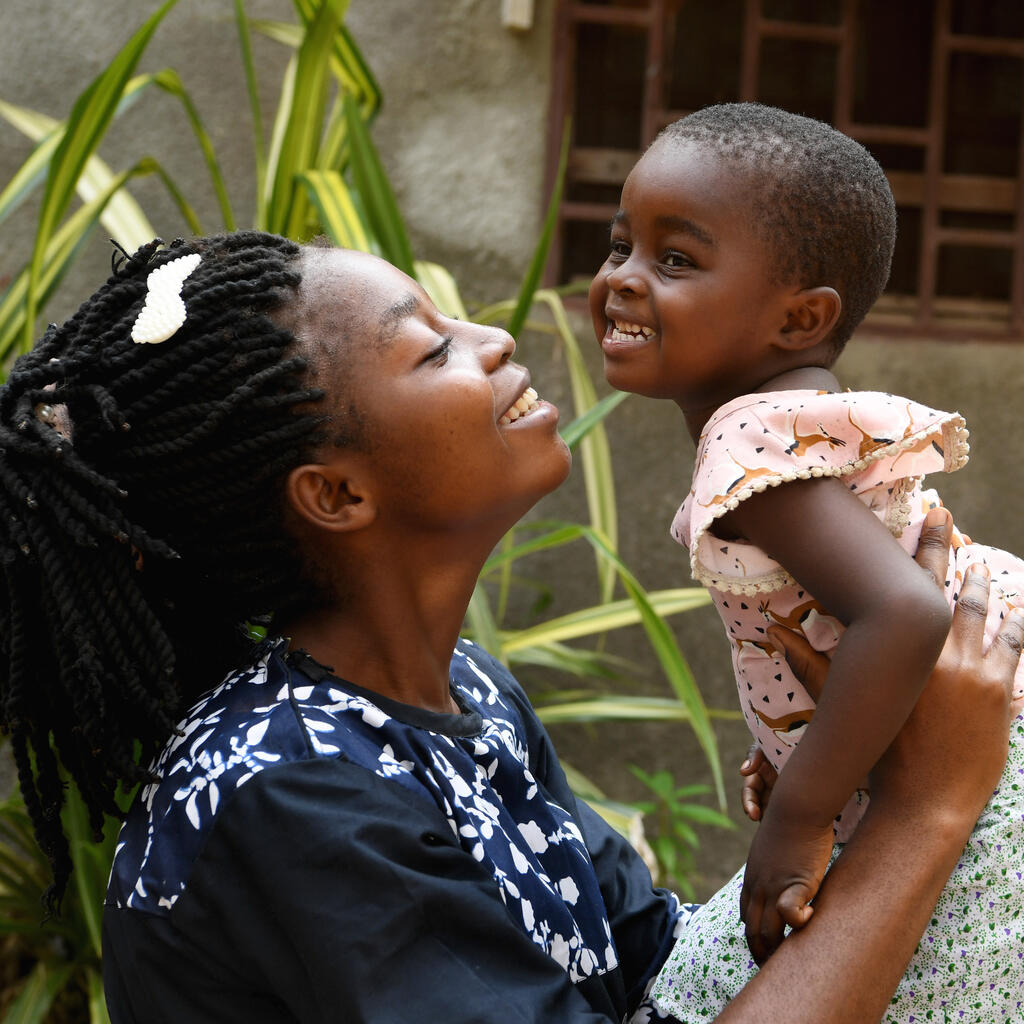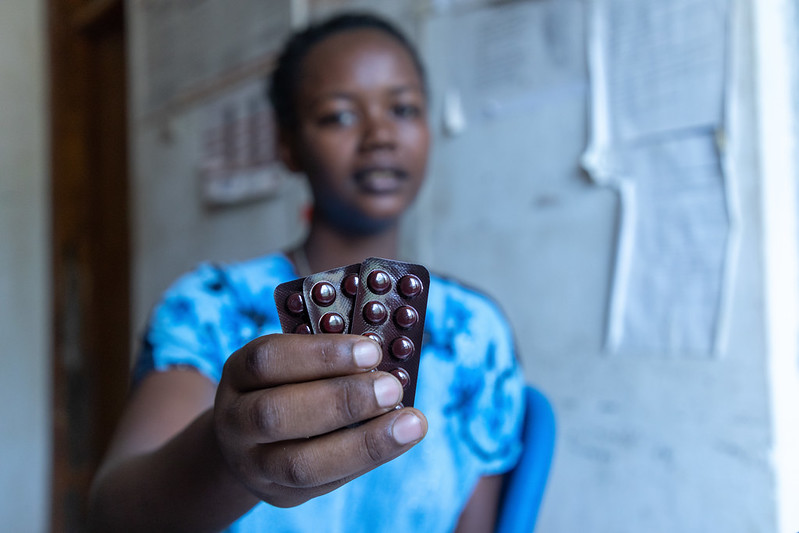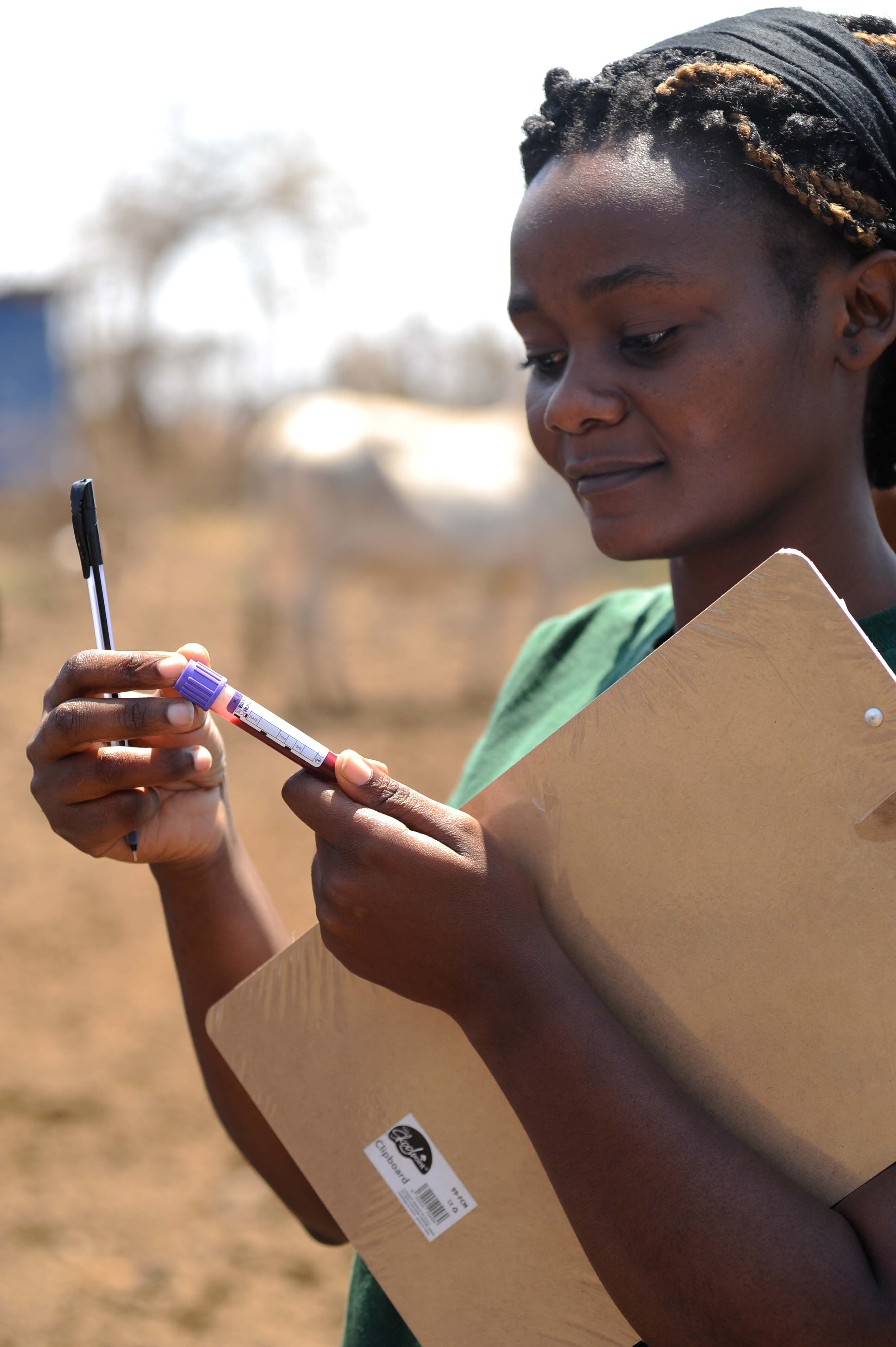
Why act on anaemia?

Get Involved
Don't miss this opportunity to make a difference in the lives of millions of women and children. Join the Anaemia Action Alliance and help reduce anaemia by 50% by 2030.
How we work
Technical support
Providing technical support to countries for accelerating anaemia reduction, including through adapting and implementing the recommendations of the WHO Comprehensive framework for action to accelerate anaemia reduction.
Evidence
Consolidating evidence and identifying priority research needs to address evidence gaps that constrain progress towards better guidance, policy, and programme design and delivery.
Resource mobilization and tracking
Mobilizing investments in anaemia and developing mechanisms for tracking financial resources towards anaemia prevention and reduction.
Advocacy and communications
Driving a global paradigm shift that elevates anaemia as a key indicator of health and development, reflecting the multiple causes, risk factors and solutions to reduce anaemia.






